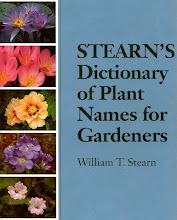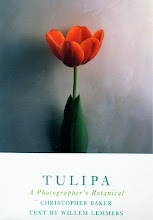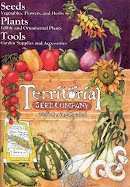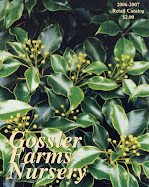Juniperus occidentalis at Warm Springs Indian Reservation September 1999
Warm Springs Indian Reservation September 1999
Warm Springs Indian Reservation September 1999
Juniperus occidentalis at Warm Springs Indian Reservation September 1999
Warm Springs Indian Reservation September 1999
The Warm Springs Indian Reservation covers more than 1,000 square miles in north central Oregon. The western half of the reservation, on the eastern slopes of the Cascade Mountains, is forest. The eastern half lies adjacent to the Oregon High Desert Region. It shares typical high desert vegetation including Western Juniper (Juniperus occidentalis), sagebrush (Artemisia tridentata), Idaho Fescue (Festuca idahoensis), Oregon Sunshine (Eriophyllum lanatum), Sulfur Buckwheat (Eriogonum umbellatum) & Mariposa Lilies (Calochortus species). On the eastern boundary, at the Deschutes River, annual precipitation is only about 10 inches with annual snowfall of around 15 inches.
In September 1999 I stayed in the dry side of the reservation at Kah-Nee-Ta Lodge. In addition to fine accommodations, a pool & 2 restaurants, I greatly appreciated the opportunity to hike through the arid lands surrounding the lodge. The weather was lovely. The nearby Museum at Warm Springs made an excellent presentation of the traditions of the tribes that share the Warm Springs Indian Reservation: the Wasco, the Warm Springs & the Paiute. The reservation was established in 1855 through a series treaties between the superintendent for the Oregon Territory (Joel Palmer), & representatives of the Warm Springs & Wasco tribes. In 1879, the US government moved a small group of Northern Paiutes to the reservation.
Jordan at Warm Springs Indian Reservation September 1999
























































































